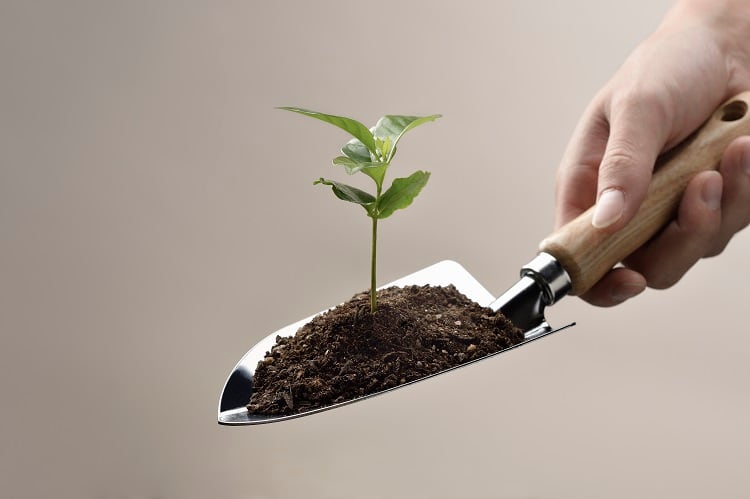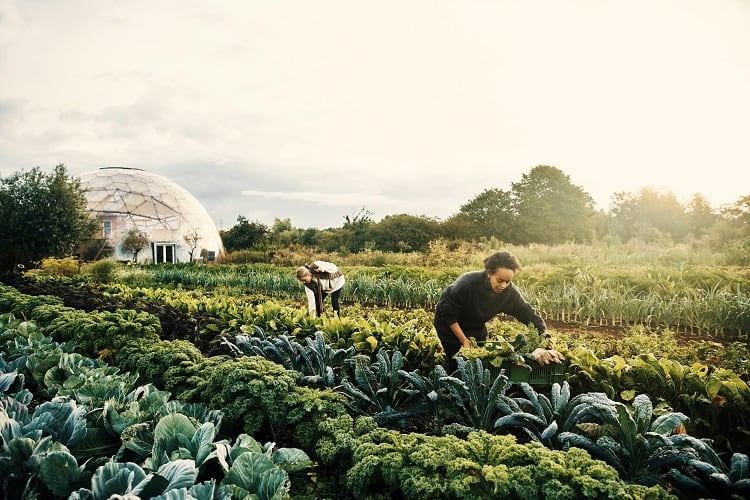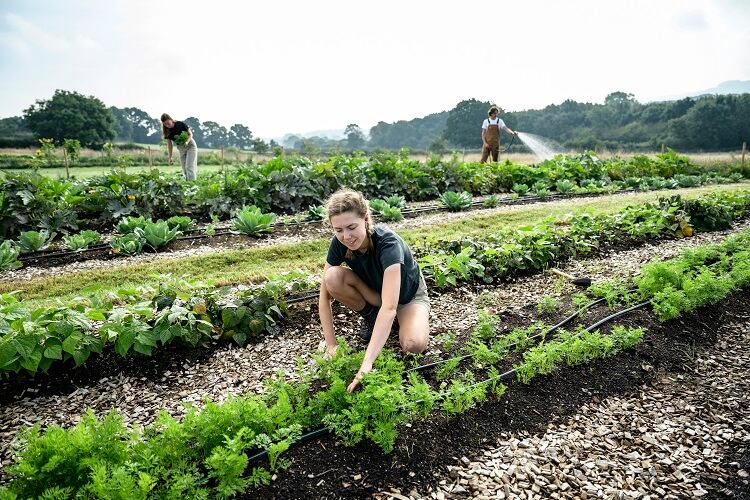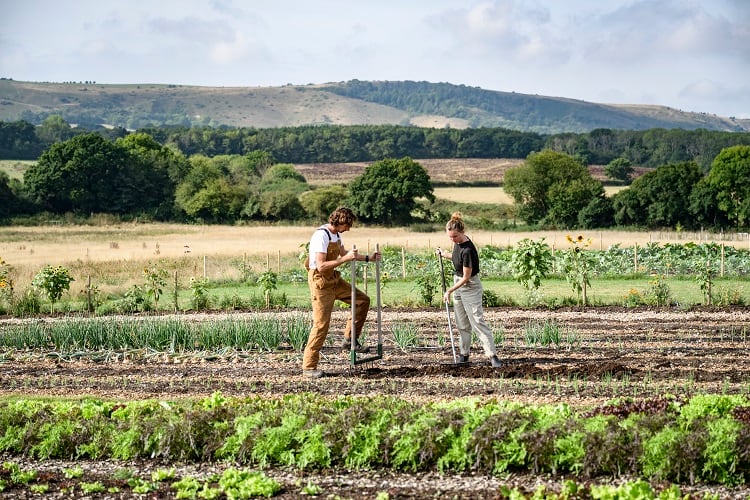As of yet, regenerative agriculture has no legal definition at an EU-level. FOLU, in a report released in January, suggested that this could lead to greenwashing concerns.
However, the SAI released a definition last month as part of its ‘Regenerating Together’ program. “SAI Platform defines regenerative agriculture as an outcome-based farming approach that protects and improves soil health, biodiversity, climate, and water resources while supporting farming business development,” Domink Klauser, Director of Regenerative Agriculture at SAI Platform, told FoodNavigator at the time.
Overall, FOLU is optimistic about the definition. “SAI’s definition advocates for an outcomes-based – rather than a practice-based - definition of regenerative agriculture. This is very much aligned with FOLU’s approach and should increase clarity among industry,” Theodora Ewer, Program Manager for regenerative agriculture scaling programme Regen10 at FOLU, told us.
However, she qualified her statements. “SAI’s definition focusses on the biophysical/environmental outcomes of regenerative agriculture. While these are critical, we see environmental outcomes as only one part of the regenerative story. To ensure a holistic transformation towards regeneration, we believe farmers, landscape level actors, and private sector actors will need to also ensure a focus on social-cultural and economic outcomes as well.”
While the definition is not enshrined in law, it is, suggested Ewer, a ‘step in the right direction.’
“It urges industry to push for outcome-level change, rather than changes in practice,” she told us. “The SAI framework identifies biophysical and environmental outcomes of regenerative agriculture at the farm gate. To help manufacturers avoid greenwashing, FOLU advocates for environmental outcomes to be included alongside socio-cultural and economic outcomes at farm, landscape and global levels.
“SAI’s framework is likely to have a positive impact,” she continued. “The framework has also carefully considered the biophysical dimensions of regenerative agriculture. To avoid unintended consequences and have a greater positive effect in increasing uptake of regenerative agriculture we would urge integration of socio-cultural outcomes.”
Collaboration
As well as providing a definition of regenerative agriculture, SAI’s framework also includes collaboration with farmers and academics. Ewer believes that collaboration with other interest groups is important in any industry-based definition of regenerative agriculture.
“Any framework developed by industry should also be cautious of taking a top-down approach by being sure to integrate the voices and experiences of farmers and indigenous groups in order to scale application of regenerative agriculture successfully,” she told us. “Industry leaders should push for an aligned outcomes-based definition, however this cannot be developed by industry alone.”





